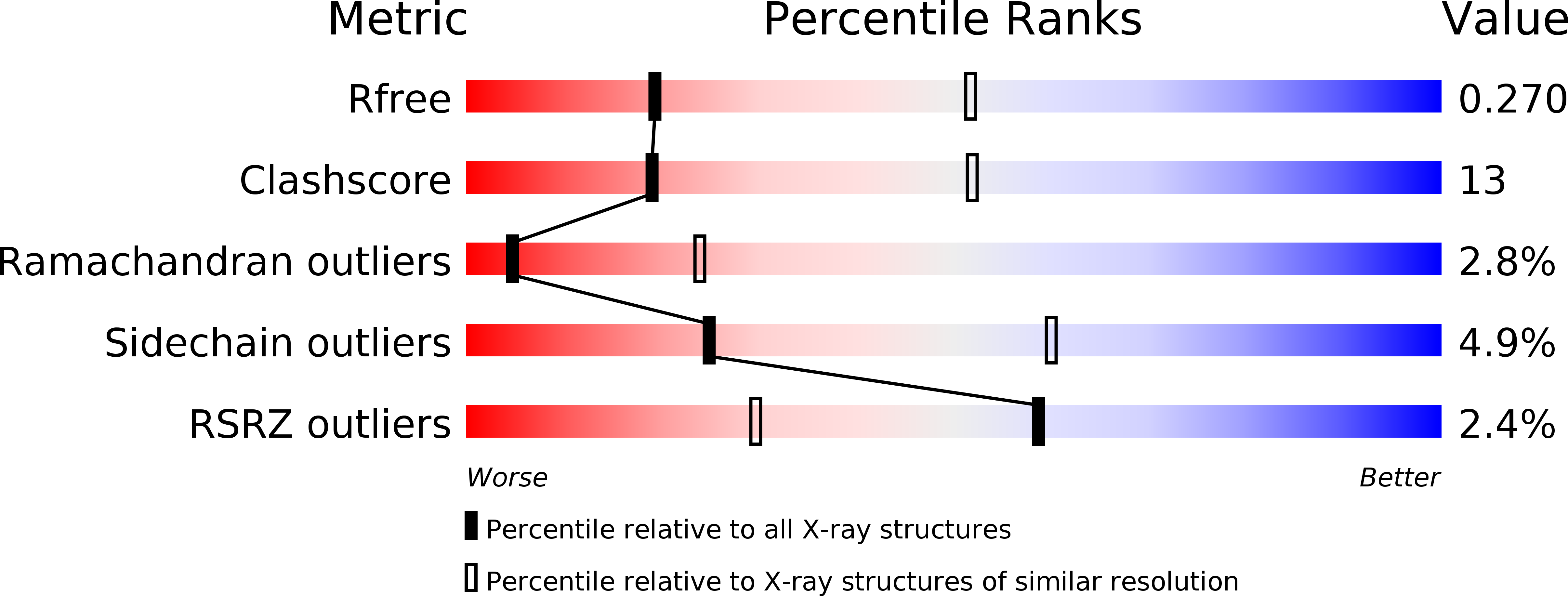
Deposition Date
2000-10-20
Release Date
2001-10-20
Last Version Date
2024-11-13
Method Details:
Experimental Method:
Resolution:
3.02 Å
R-Value Free:
0.27
R-Value Work:
0.21
Space Group:
P 21 21 21


